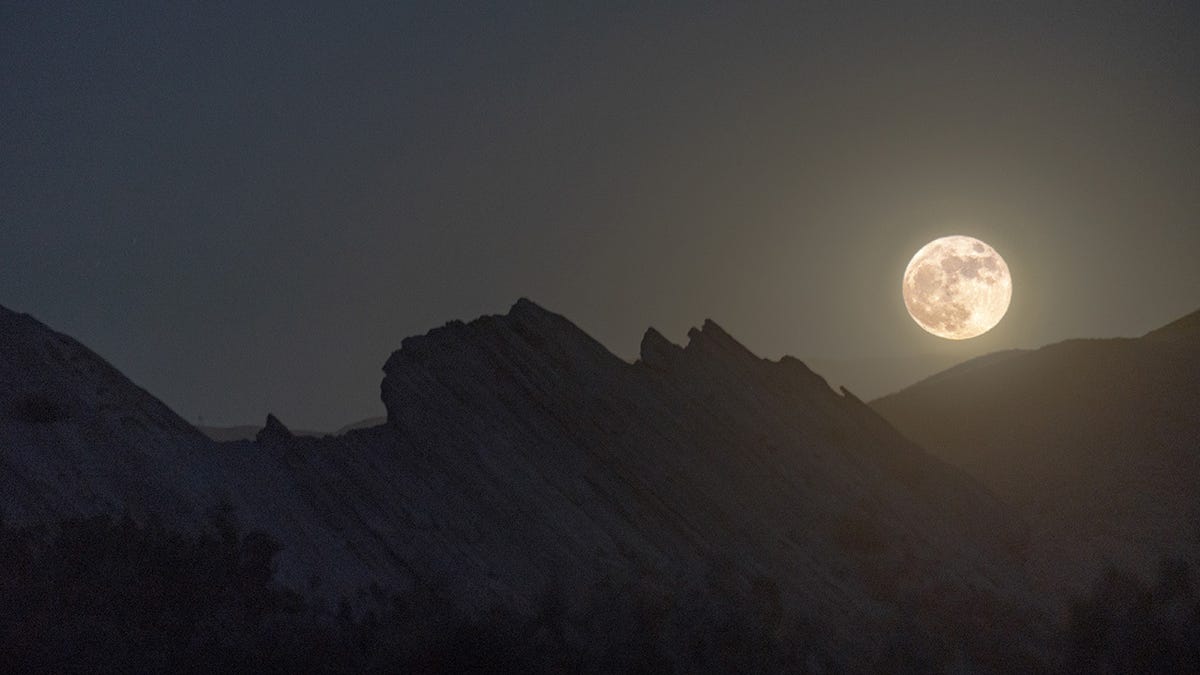It’s officially summer, and with that comes the first full moon of the season. July’s full moon — known as the Buck Moon or the Thunder Moon — will light up the night sky on July 10 and be at its fullest going into July 11, reaching peak luminosity at around 4:37 a.m. local time, which is a bit late, but it’ll still be bright for the whole night.
According to Stellarium’s sky map, the moon will rise from the southeastern horizon just after sunset in your local time and streak across the sky before setting on the southwestern horizon just before dawn. No matter where you are in the US, you’ll be able to see it virtually all night.
Should you not be able to see the moon due to weather or some other reason, you can also soak up a great view anytime from July 8-12 as the moon will be more than 95% full during those days.
Why is it called the Buck Moon or Thunder Moon?
According to The Farmer’s Almanac, July’s full moon actually has several names, including Buck Moon, Thunder Moon, Feather Moulting Moon, and Salmon Moon. These names typically come from Native American and colonial times and were used to describe the moon for the entire month, not just when it’s full.
White-tailed deer start growing antlers in March or April as the days start to lengthen. July marks the peak of their antler growth season, hence the name Buck Moon. Thunderstorms are also common in July, which is why it’s also called the Thunder Moon.
The other two names are less common, but July marks the time when some species of salmon begin migrating for the mating season, while ducks engage in their annual molting around this time of year as well.
Catch a glimpse of Mars and Venus, too
The moon will be joined in the sky by Mars and Venus during its trip across the sky on July 10. Mars will be visible just after sunset in the western sky before setting. You won’t have long, since it’s scheduled to dip below the horizon before midnight. If you choose to stay up late, Venus will crest the eastern horizon shortly after 2 a.m. local time and be visible until sunrise.
Saturn will also be visible in the eastern sky, not far from the moon, but you’ll likely need binoculars or a telescope to see it with the moon’s glow.
Once the moon finishes its monthly cycle, skygazers can check out the Alpha Capricornids and Southern Delta Aquariids meteor showers, both of which are scheduled to peak during the last few days of July.
Read the full article here


